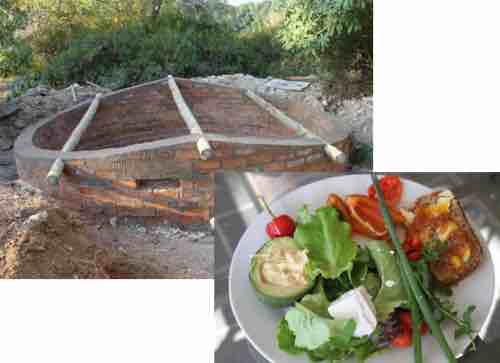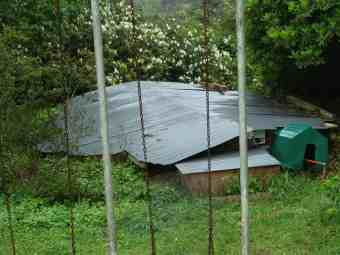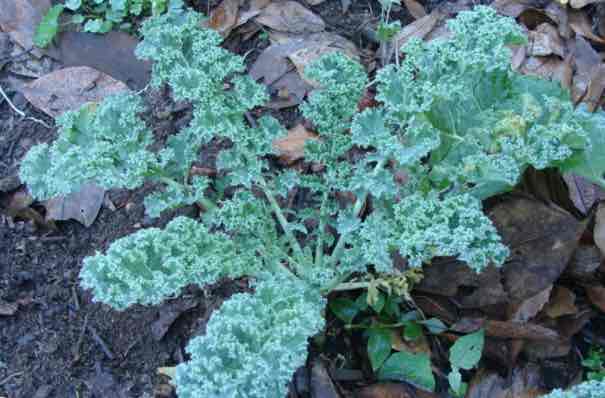| Back to Back Issues Page |
 |
|
Harvest and store your rainwater; features of green living and vibrant old age. June 21, 2020 |
DearHarvest and store your rainwaterGreetings from Bernard Preston to this second email about how to create a cyan zone at your home. In our first letter which you can find in back issues we explained how a Cyan Zone combines the blue issues of longevity with green concerns about the health of the planet; and the importance of adding many coloured foods to your diet. I undertook not to spam you with daily emails and I will not but to get off to a flying start we will today have a look at our first green aspect of cyan zones; caring for the planet. We could have started on any one of a zillion different topics but because we are gardeners, I've chosen harvesting and storing rainwater. It has been said that the next wars will not be over oil, minerals or food but water. Both the quality and the quantity are severely lacking. Major cities like Capetown and Montevideo have come very close to Day Zero; millions of people without drinking water. By harvesting and storing the rain you won't be one of those anxious people in the future.
Quality of waterChlorination of water has drastically cut deaths from typhoid and cholera without question. Yet there are problems; should there be any organic matter remaining in the pipes it will react with the gas to form very toxic compounds.Read more on the subject at post-chlorination. Micro-plastic particles, medication passed in the urine and other chemicals are the norm in our water today, even that from bottles; that's why it tastes so awful and we need charcoal filters in the home. The simple solution is to harvest the rain but that too comes with potential problems; in particular chemicals and soot dissolved in the manna from the skies if you live in an industrial region. Gutters need to be cleaned regularly, especially if you have trees nearby. Filters of various complexities are recommended to remove particulate manner; we have reverted to one that is very simple but effective. It is a fact that we have already had four pandemics this century, more than in the previous hundred years. There is a strong body of scientific opinion that believes that our immune systems have not continued to develop since the overuse of vaccinations and antibiotics became commonplace; making us vulnerable to new diseases. As does sterilization of every surface and drop of water to protect us from toxic bugs. Drinking unchlorinated rainwater may be a good compromise, not without risks; we have for eight years with no problems. Certainly it tastes a lot better than that from the utility and it is reassuring to know there are no plastics and toxic chemicals. Did you know that the average person swallows about 5 grams of plastic, the size of a credit card every week? Underground the water is kept extremely cold inhibiting the growth of bacteria. Quantity of waterHuge volumes of water remain unaccounted for worldwide due to losses in the reticulation from aging pipes. One of the joys of having your own underground reservoir is that this is reduced almost to zero.The reservoir was remarkably inexpensive to build, the greatest challenge being the plastering; certainly cheaper than unsightly above ground tanks and the water is kept far colder. Depending on where you live, the rain falling on the average roof in the wet season in one month is enough to sustain your home and garden for a whole year. I would advise a capacity of at least 30 kl; more if you have long dry months or intend to grow much of your own food. Only twice in eight years have we needed utility water during a prolonged drought. Greenies enjoy long, full showers, unconcerned about wasting one of the world's most precious resources; it would have just run into the ground anyway. There is absolutely no need for any home with a roof having gutters to be without water; how clean it is depends on the quality of the air and the state of the gutters.
Rainwater harvesting model Water for the garden
In fact it may destroy the rhizobia that harvest nitrogen from the atmosphere for your plants. Ample water to irrigate your plants is a dire need for Green Zone gardeners.
Cost of an underground reservoirIt took about six years of water to pay off our reservoir and pump; actually rather more as we had to fibreglass it. But now we enjoy free, abundant use of one of the Mother Earth's most precious resources. More important for those concerned about their wellbeing is the taste and quality.Do pay great attention to the plastering; that is all-important or your reservoir will leak and you will also have to fibreglass it at considerable expense.
CoronavirusFrequent washing of hands is a very important part of reducing our exposure to infectious diseases like the coronavirus. An abundant supply of water is an essential part of the equation.It's not impossible that the handshake has been consigned to history; in fact it should have been many centuries ago. Most of the bugs are to be found on the palm. Instead will we bump fists or elbows as a greeting in the future? Or will we simply wash our hands far more regularly? Primary colours
For me with a physics background red, blue and green are the primary colours, with cyan being a mixture of the latter two. Next monthMore next month about Blue Zone people; for those who have a desire to live to vibrant nineties; and one in a thousand to a hundred years old. So that's it for this week. Think about what you can do to preserve the planet for your children. How could we possibly do less?Bernie
|
| Back to Back Issues Page |



